Lion Tech to Revive the Pride
Andrew Stein is a new breed of Big Cat conservationist who develops technology to help wildlife and people coexist in harmony.

An advanced warning GPS system running through a cloud-based algorithm - this is truly the new era of Big Cat conservation.
With the recent popularity of Netflix’s Tiger King, which highlighted the flagrant abuse of tigers in captivity, the opportunity is upon us to educate ourselves on the worldwide threat to Big Cat species and the facts related to Big Cat extinction and conservation. One of the most shocking takeaways from Tiger King is the statistic that there are more tigers living in captivity within the US than there are living out in the wild anywhere in the world. Many of us watched the series while waiting for some mention that Netflix would donate a portion of the proceeds of its blockbuster docuseries towards tiger conservation, but when that never happened, we were left wondering what we could do about it.
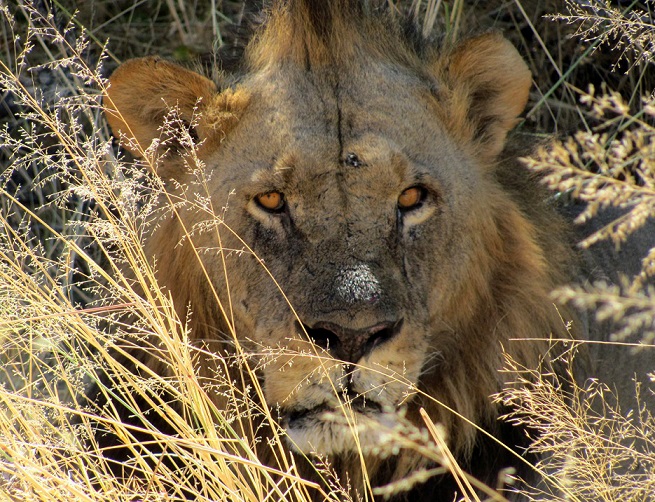
Andrew Stein has spent the past 15 years working on human-carnivore conflict throughout East and southern Africa, with a focus on Big Cat conflict prevention. “What I’ve seen - and from talking to colleagues that work in various places around the world - is that Big Cats are in big trouble.”

“Big Cats are in big trouble.”
Big Cat populations are in decline primarily due to habitat destruction from agriculture developments and livestock production, conflicts with people, and poaching, as demand persists for the bone trade in eastern medicine, and tiger skins continue to be used for traditional practices in different parts of Africa. According to Stein, tigers, especially, are a species in conflict. “Of the Big Cats, tigers are the most in trouble across their range. There’s 3000 or so left in the wild. They’ve lost 97-98% percent of their historic range. There are small pockets where we still find them, but even there they are still under threat.” (Listen to the full podcast episode on Apple Podcasts).
Stein has been troubleshooting solutions to break the vicious cycle in a losing stalemate between Big Cats and the indigenous communities of southern Africa. It is a cycle of livestock depredation and retaliation. When people encroach into a new area, the natural habitat is reduced and there is less natural prey for these large predators, so they resort to killing and feeding on the people’s livestock. Up until now, the tribes have often resorted to retaliation for the loss of their livestock through indiscriminate killing by poison.
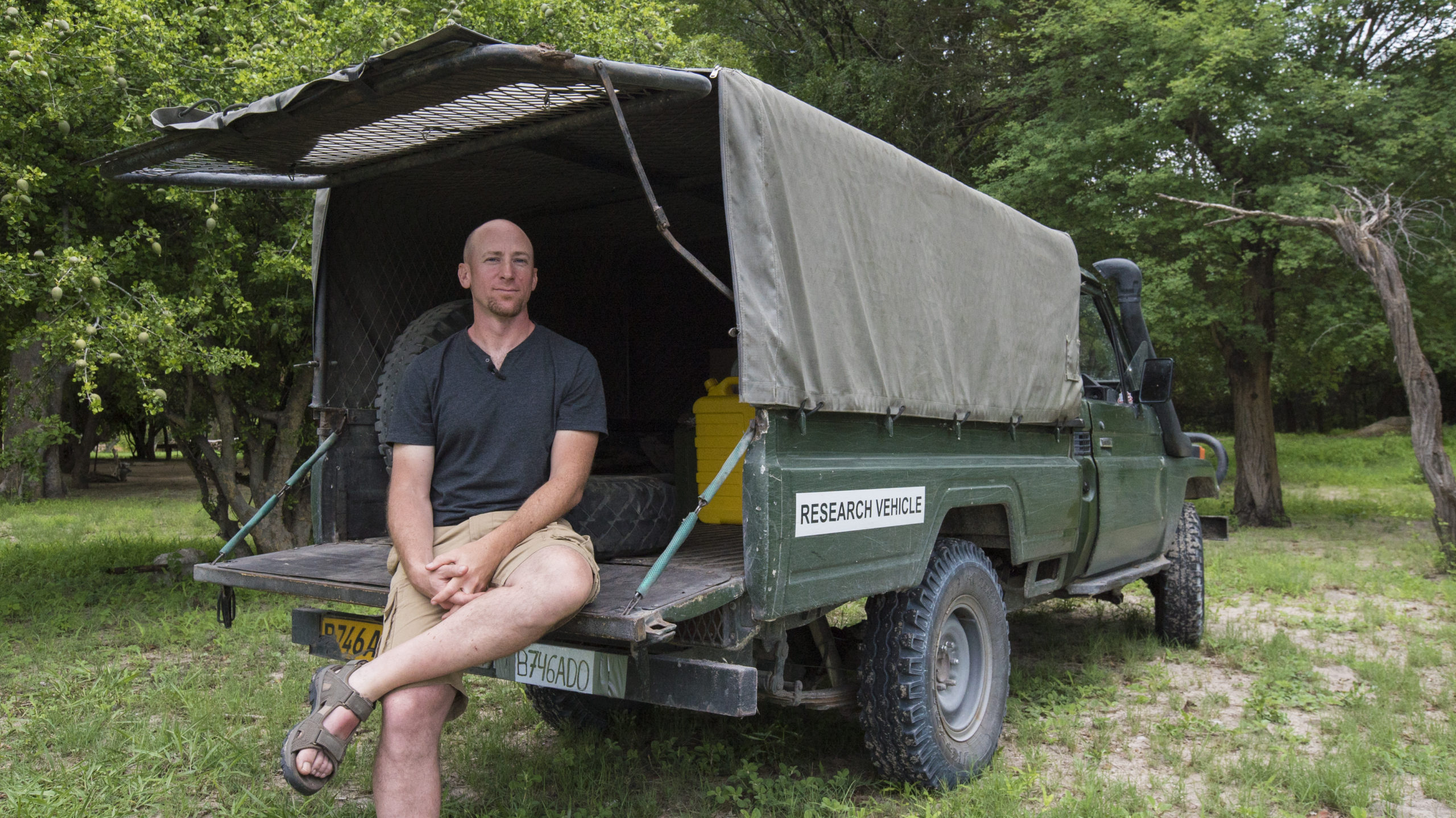
The Okavango Delta in northern Botswana is one of Africa’s last remaining true wilderness zones. In this place lost in time, the flowing rivers never reach the sea. Instead, they lose themselves in the sands of the Kalahari Desert. The 2-million-hectare delta provides a refuge for huge concentrations of wildlife and a home for the traditional lifestyles of the indigenous communities. However, for many populations, including tigers, local extinctions are imminent due to habitat loss, degradation, and conflicts with humans. “The biggest challenge I find is that we need to maintain viable habitats for these animals in order for their populations to grow.”
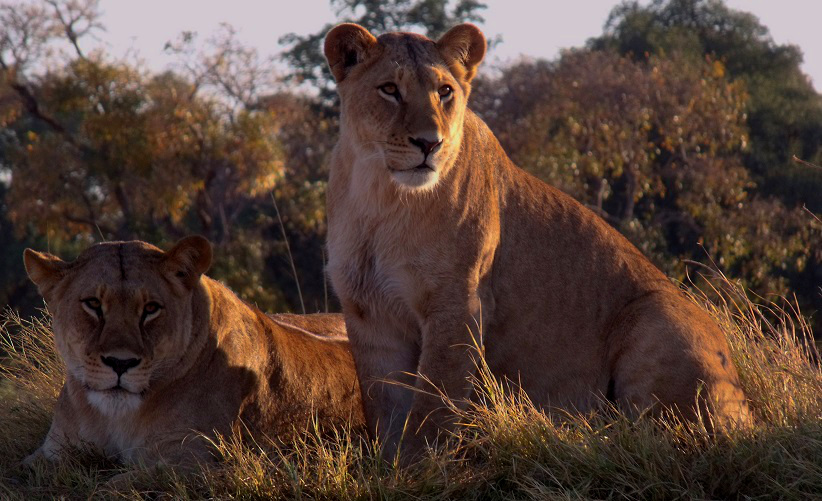
When a Big Cat species is decimated from a habitat, it leaves a cascading impact on the other prey animals that live there. But, Stein’s solution attempts don’t follow the conventional approach to designate more land as nature reserves. “What I’ve realized early on in my career is that these protected areas are not enough. They are too small to maintain viable genetic populations of the species they are designed to protect.” Stein is ditching the reserve model in favor of a real-time network that allows humans and predatory cats to coexist in harmony. “Most of the wildlife across Africa where I’ve primarily been working exists outside of protected areas.”
HARMONIC APPROACH

After completing his Ph.D. at the University of Massachusetts, Amherst, Stein headed a field camp overseeing ecological research on Big Cats (as well as African wild dogs and spotted hyenas) in the Okavango Delta, a roughly 5,000 square mile area. In 2014, he started Botswana’s flagship conservation project called Pride in Our Prides, in a response to devastating poisoning events that killed up to 50% of the lion population in that region in one single year. “The use of poisoning has devastating cascading effects across all wildlife within that region - from scavengers to wild prey - even though lions were the only target.”
“There doesn’t have to be an adversarial relationship between animals and people.”
In 2015, Stein founded the CLAWS Conservancy (Communities Living Among Wildlife Sustainably) to develop innovative ways to reduce conflicts between southern Africa’s large cats, like cheetahs and leopards, and local farmers who often shoot or poison Big Cats to protect their herds of cattle. “There doesn’t have to be an adversarial relationship between animals and people.” Poisoning is an indiscriminate killing method - resulting in the death of many animal species - and a short-sighted one at that. “Once you remove a territorial animal, you create a vacuum for other lions to come in and start vying for dominance of that area.” In each of CLAWS’ five partner villages, Stein goes through a step-by-step conflict mitigation process to establish a system to protect the herds by other means without killing the endangered Big Cats.

First, Stein runs surveys to determine the scope of the problem, then he attaches satellite collars on the lions in the area (there are 10 lions within the program wearing SAT collars now). Next, he meets with the villagers and asks them to name the cats so that they look upon them with reverence rather than fear or annoyance. Naming lions flips a psychological switch in villagers who used to see lions as their enemies to kill but now see them as their children to protect.
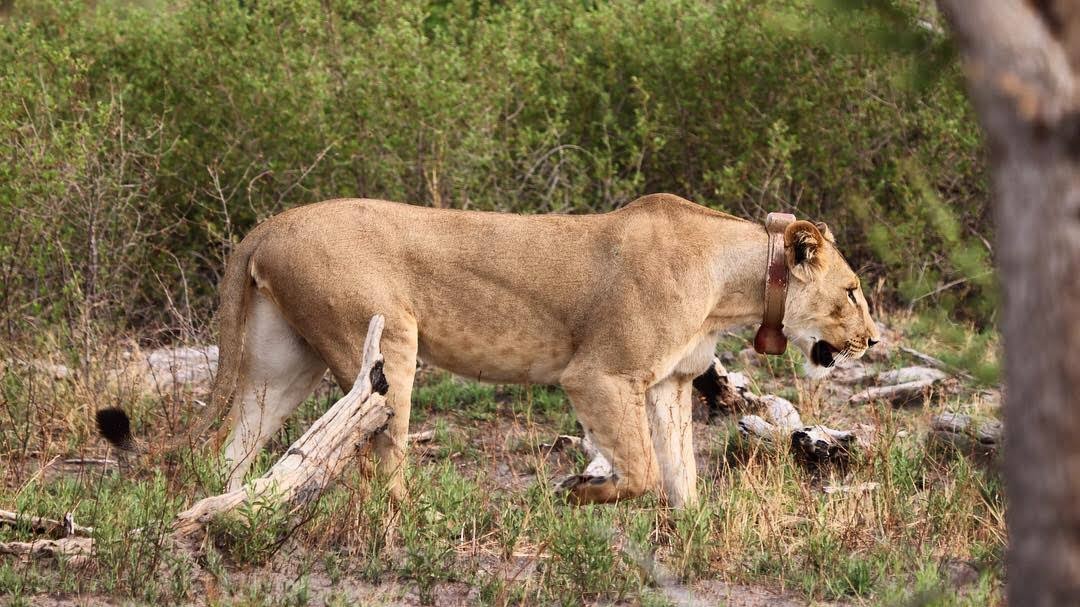
In the second phase, Stein implements a fully automated, real-time alert system so that when collared lions get within five kilometers of a village, homestead, or cattle post, the local residents receive a text message, giving them plenty of time to protect their livestock. The text includes the lion’s name and relative location to their homestead. Remarkably, in the five partner villages, “even though people live in houses made of thatch and mud and sticks, most households have at least one person that owns a cellphone.”
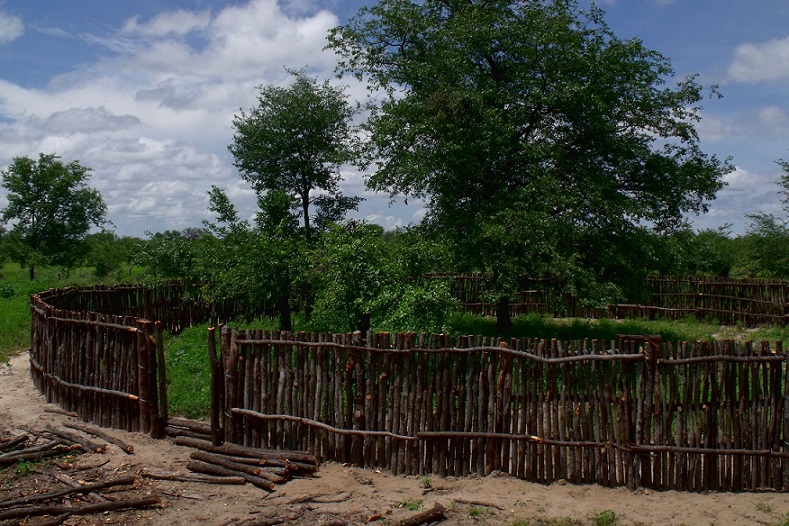
Stein’s alert system runs a cloud-based algorithm - engineered in collaboration with his colleagues from the University of Siegen in Germany, one of Germany’s leading research institutes - to track the GPS coordinates of each lion. Faced with the dilemma of increased habitat fragmentation, Stein’s goal is to maintain a respectful coexistence “so that the protected areas themselves don’t become islands in a sea of humanity.” Stein’s program has helped stabilize and increase the lion population and halt the use of poison to kill the Big Cats.
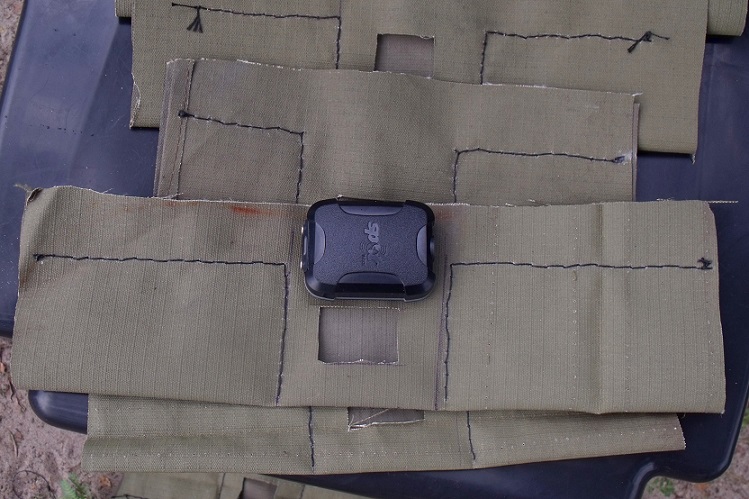
BLIND DETERMINATION
Stein’s road to leading a field camp in the Okavango Delta was a murky one that, he says, took “blind determination to make it work.” As an American student in Massachusetts, he was repeatedly told by his advisors to just focus on studying small mammals in New England because the chances of actually working in Africa were slim to none. “It was only when I went to college and did a study abroad in Kenya, that I realized that this could be an option.” Upon returning to the states, he created his own career trajectory to return to Africa by applying for a Masters in Fisheries at UMASS, even though the word “fish” never appeared once in his application. Stein instead designed a project on leopards that luckily was accepted by a rancher on farmlands of Soutpansberg, South Africa, which led to further opportunities, ultimately landing him a Fulbright scholarship. Then he returned back to UMASS for his Ph.D. to design a three-year study of leopards in Namibia. “This job is the confluence of all the things that I love most - learning about people and culture, and of course wildlife, but then trying to contribute to something to help solve problems.” In order to communicate with the locals in each area, Stein learned Swahili in Kenya as well as a bit of Afrikaans to speak with the elder indigenous people and a bit of Setswana, the national language.
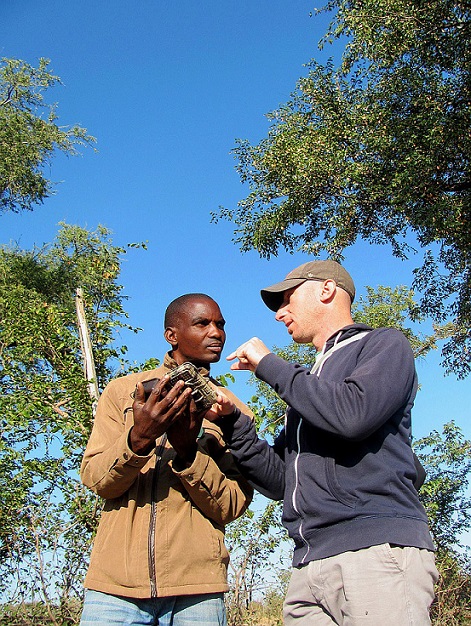
Leopards are Stein’s favorite species to study. He has devoted most of his career to investigating them, heading the most recent World Conservation Union status update for leopards, despite the added difficulty due to their secrecy and evasiveness. Leopards are exceptional in their ability to persist in certain human-dominated landscapes (provided there is cover and prey, favorable governmental policy, and a certain degree of tolerance), typically without people even knowing that they’re there. Unfortunately, leopard populations within Africa are dwindling. “Through a series of wildlife surveys across their range, we’ve been able to determine that many of the areas that have been disturbed and fragmented in the last several decades, leopards have completely disappeared.”

ANIMAL TOURISM
The hit series Tiger King, which has been a hot topic of conversation during global quarantine, illustrates the harmful, neglectful, and even evil aspects of animal tourism. “One of the things that is highlighted in Tiger King is that there are a lot of sort of fake conservation efforts out there.” When the general public will pay to have their photo taken with a tiger cub, roadside zoos are incentivized to inbreed Big Cats, steal cubs away from their mother during birth, and later euthanize them rather than pay the costs of feeding a full-sized tiger over the course of its lifetime. “In certain states, there are no regulations for enclosure size, breeding, diet, interactions with the public.” Although some states have strict rules governing private possession of exotic pets, “in Oklahoma, where Joe Exotic’s facility was, there are no regulations whatsoever.” But what can be done to curb the demand to cuddle a tiger cub or catch a glimpse of a hybrid breed such as a liger? “I think educating people is going to be the key.”
In this episode of The Outdoor Journal Podcast, Andrew Stein discusses his path to finding the perfect balance between studying wildlife and culture, the need for a paradigm shift from the conventional approach of setting aside nature reserves to working with communities to help wildlife and people coexisting harmoniously, and what can be done to curb the demand for animal tourism at roadside zoos like those featured in Tiger King. (Listen to the full podcast episode on Apple Podcasts).
Follow CLAWS Conservancy on Facebook and Instagram.
Photos courtesy of Andrew Stein and Florian Weise.






Comments ()